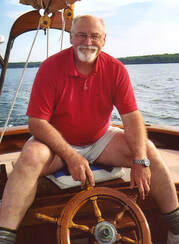
Where am I? This was a cruel question for sailors before John Harrison.
In 1707 a fleet of British warships mistook their location and sailed onto the rocky Scilly Islands. Two thousand men drowned. The Royal Navy offered a prize of £20,000 (3 to 4 million dollars in today’s money) for anyone who could provide a way for ships to find their position. North and south latitude wasn’t the problem. Tables gave the positions of the sun, moon and stars above or below the equator. Navigators could use a sextant (it measures angles between the ocean horizon and a celestial body) to find a ship’s position north or south. But the only way of knowing your position on the spinning earth, east or west, is to know what time it is, within seconds, at the Royal Observatory at Greenwich, England—0° longitude. Sailors needed a seagoing clock! Clocks in the 1700’s were slow or fast by several minutes a week. Not good enough. And they measured seconds with a pendulum, which wouldn’t work on a rocking, rolling ship. John Harrison was a fine carpenter who became fascinated by accurate timekeeping. He built big clocks for houses, barns and churches. Bit by bit he made them more accurate. He set out to win the longitude prize. He invented ways for a clock to compensate for temperature, so they wouldn’t run slower when it got warmer. He invented a nearly frictionless escapement (the mechanism that “counts” the tick-tocks with the clock’s hands). He overcame the pendulum problem with pivoted “dumbells” that rocked back and forth with springs. Harrison worked for five years to construct the large and beautiful Sea Clock #1. In 1736 Harrison and his clock took a trip on HMS Centurion to Lisbon, Portugal, and back. Harrison was terribly seasick. His clock was not. It was a great success. But the Royal Navy wouldn’t award the prize. It dithered for the next 37 years. Harrison worked on, making his sea clocks smaller and more accurate. In 1761 he sent his son William on a trial run with Sea Watch #1 to Jamaica and back. The smaller clock worked beautifully. The Navy kept dithering. Not until Harrison was 80 years old was part of the prize awarded to him. He died three years later but he knew that he had changed the world, solving one of our most important, most perplexing problems: where are we?
Click to set custom HTML
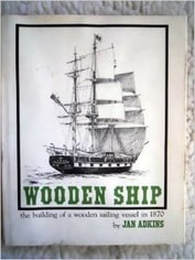
An important part of Jan Adkins' considerable output is books of non-fiction for young people, his special audience. He also writes humor and feature articles for several magazines. He has illustrated most of his books and contributes illustrations to dozens of mainstream magazines, especially on marine and technical subjects. Have a look at his Wooden Ship: The Building of a Wooden Sailing Vessel in 1870, a chronicle of a fictional whale ship describing and illustrating the details of her building from design to launching. Jan Adkins is a member of iNK's Authors on Call and is available for classroom programs through Field Trip Zoom, a terrific technology that requires only a computer, wifi, and a webcam. Click here to find out more.
0 Comments
Leave a Reply. |
Check out our new podcasts in the iTunes Store and on KidLit Radio.
|


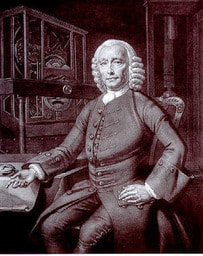
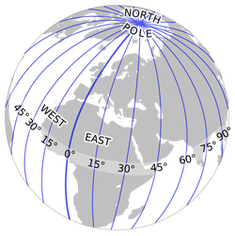
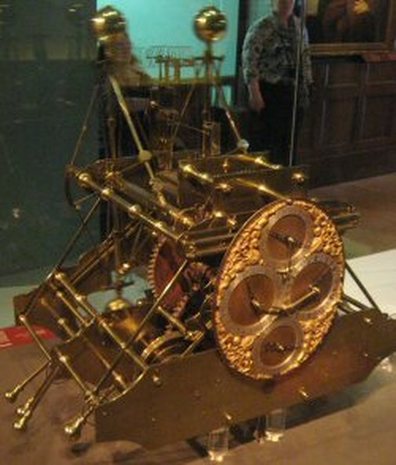
 RSS Feed
RSS Feed
